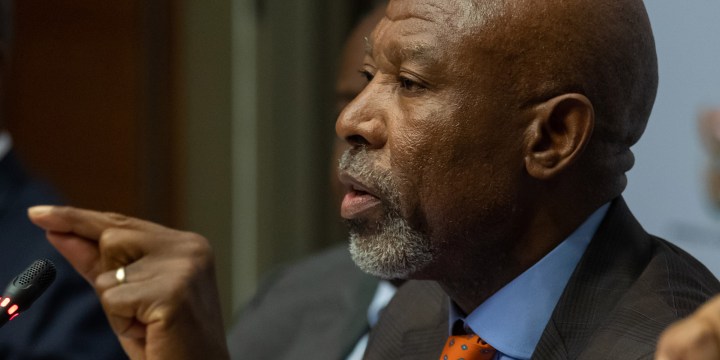MONETARY POLICY
Economists divided ahead of SA Reserve Bank’s interest rate decision this week

An interest rate hike may be on the cards this week when the central bank’s Monetary Policy Committee makes its bi-monthly announcement on Thursday, 18 November. There is a growing consensus among economists and analysts that the next move will be up. The big question is when the trigger will be pulled.
The South African Reserve Bank’s (Sarb’s) Monetary Policy Committee (MPC) has a lot to ponder this week at its last scheduled meeting of 2021 as inflation pressures build while the economy’s performance remains stunted with unemployment at appalling levels. The jury is certainly out on its next move. The repo rate is currently at a historic low of 3.5%, and the prime lending rate at 7%, after Sarb aggressively slashed 300 basis points last year in the face of the economic upheaval sparked by the pandemic and the lockdowns to contain it.
Finder.com, a global financial platform, said its panel of 20 economists is almost split down the middle on the issue, with 55% expecting the MPC to raise rates this week and 45% forecasting a hold.
“The panel flips on what the MPC should do, with 45% recommending an increase and 55% a rate hold,” it said. Looking further down the road, 30% see the first rate hike coming early next year and the rest expect such a move late in 2022 or 2023.
So the next move is widely anticipated to be a hike, with the billion-rand question being when.
On the one hand, there are mounting inflation pressures globally. The US consumer inflation rate, by its widest measure, hit 6.2% in October, according to the Bureau of Labor Statistics, its highest level in over three decades. That has prompted speculation that the US Federal Reserve will start hiking rates soon.
This, in turn, adds pressure on central banks in emerging markets such as South Africa to start raising rates to protect the value of their currencies compared to the greenback as investors seek “yield”.
On the other hand, there is South African inflation. South African consumer inflation quickened to 5% in September – above the midway point of Sarb’s 3% to 6% target range – from 4.9% in August, an acceleration mainly driven by petrol and food prices. Still, price pressures remain muted and if food, fuel and electricity costs were stripped from the equation, the rate was only 3.2%. The October read will be published on Wednesday, the day before the MPC decision.
It is important to note that Sarb’s view on inflation is forward-looking. Global oil prices remain elevated, and the Brent Crude benchmark was fetching over $80 a barrel on Friday, but its price has been in decline the past couple of weeks. And food inflation in September, while 7%, was a deceleration from 7.4% in August. But looming shortages globally for a range of goods – because of supply-chain bottlenecks – will also almost certainly hit South Africa on one front or another, meaning overall supplies will not meet demand.
Meanwhile, the rand has lost ground versus the dollar in recent weeks, and that always has Sarb’s full attention.
There is also the shambolic state of the South African economy to ponder. After 2020’s 6.4% contraction, the Treasury now expects gross domestic product (GDP) growth of 5.1% this year, but that looks optimistic, and it is of more than passing interest to see what Sarb’s forecast will be on Thursday. Sarb’s forecast in September was for growth of 5.3%.
The economy is widely believed to have contracted in the third quarter (Q3), in large part because of the eruption of social unrest in July that rocked Gauteng and KZN. And in this quarter load shedding has returned with a vengeance, metals prices have been cooling off, and who knows what renewed lockdown restrictions lay ahead to ruin the festive season for businesses that rely on the South African penchant for merry-making in December.
“I don’t think 5.1% growth would have been an ambitious forecast a couple of months ago. But the fact is that after the July riots, manufacturing and mining did not bounce back as much as I thought they would. It does look like we will get to 4.5% but not 5.1%,” Mike Schussler of economists.co.za told Business Maverick when asked about the Treasury’s growth outlook.
Then there is an unemployment rate of 34.4%, which combined with lacklustre growth should contain price pressures. And stressed consumers, households and businesses with debt may find rising rates tough to absorb. Thursday’s decision will not be an easy one to reach, regardless of the outcome. DM/BM




















 Become an Insider
Become an Insider
Comments - Please login in order to comment.